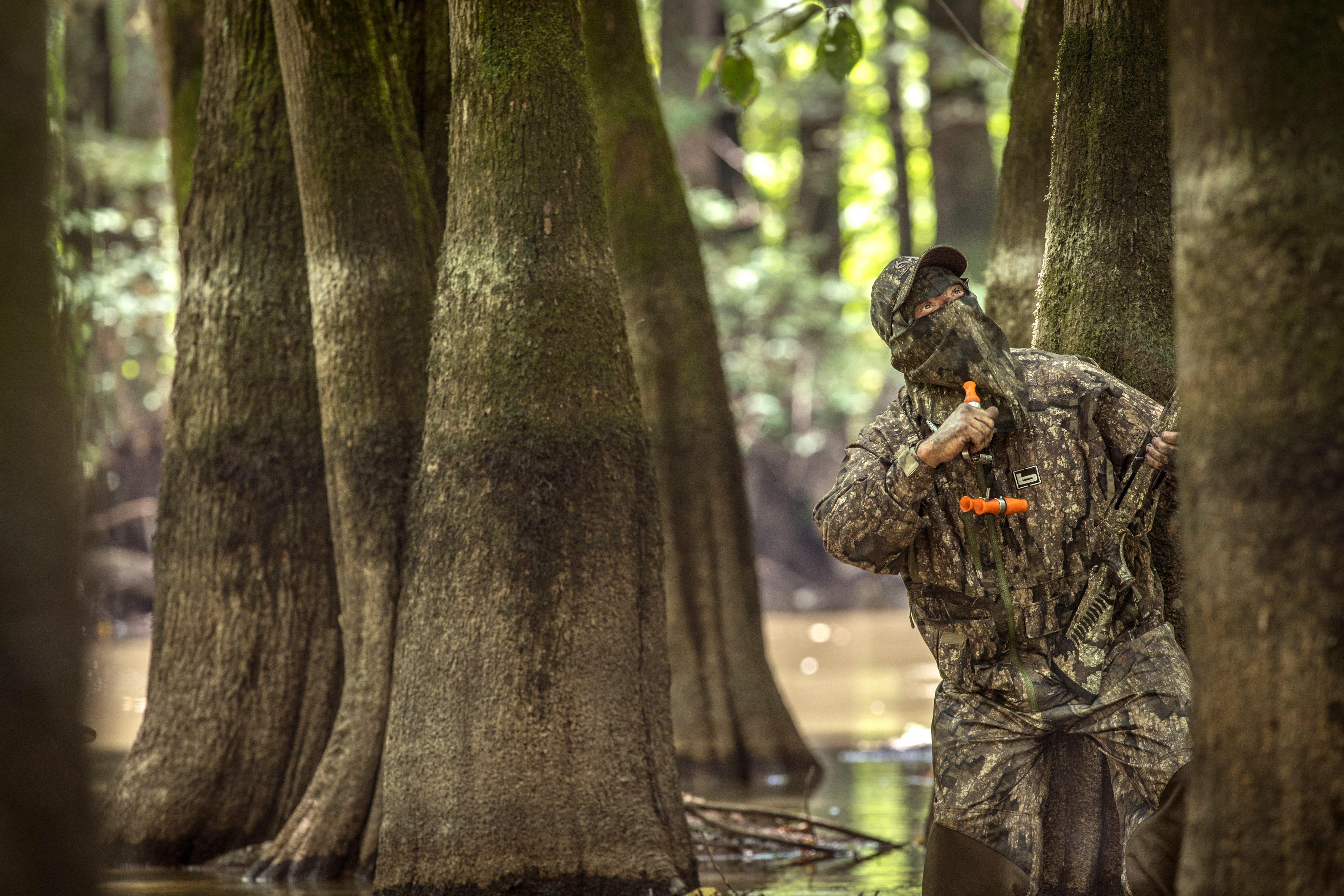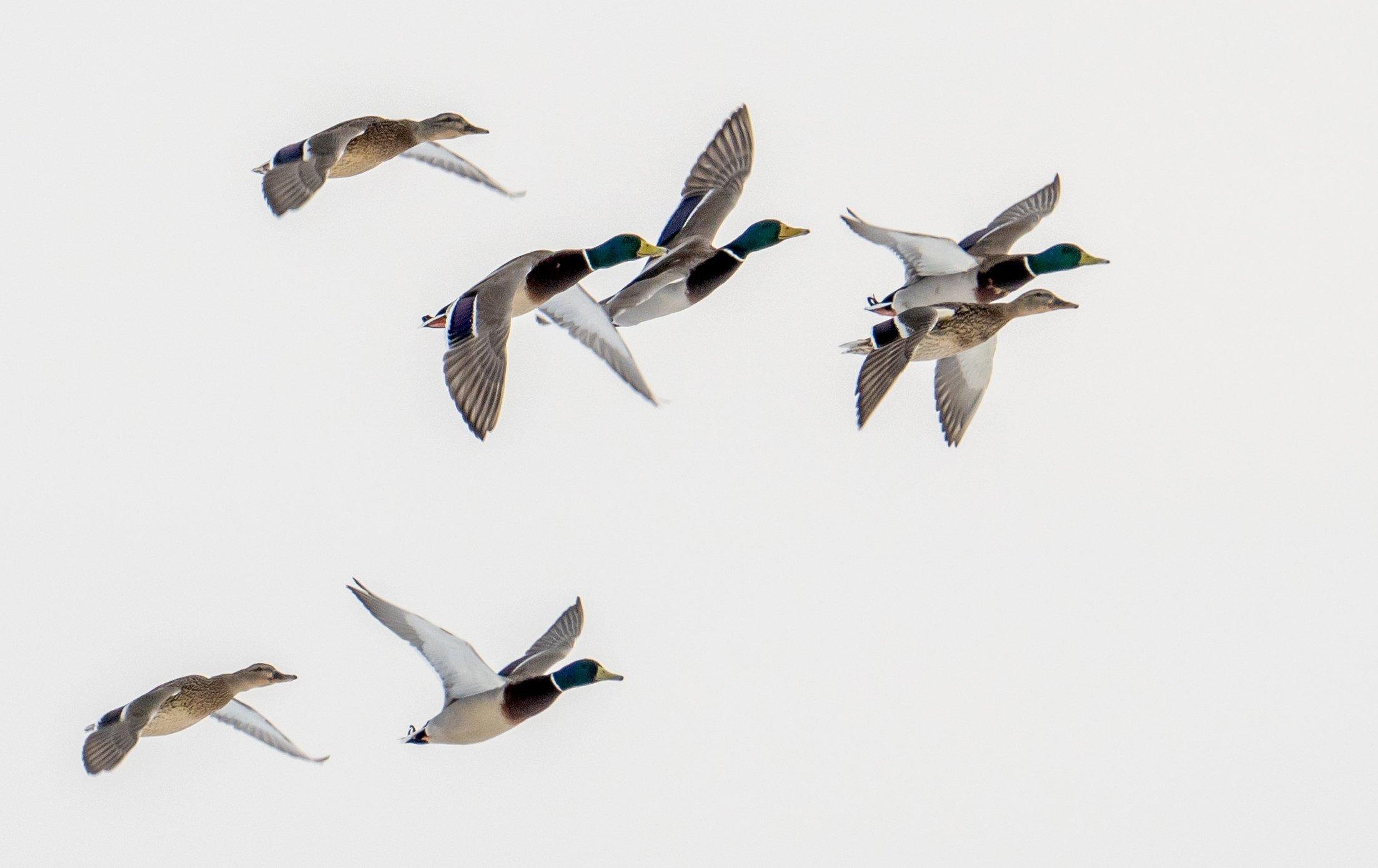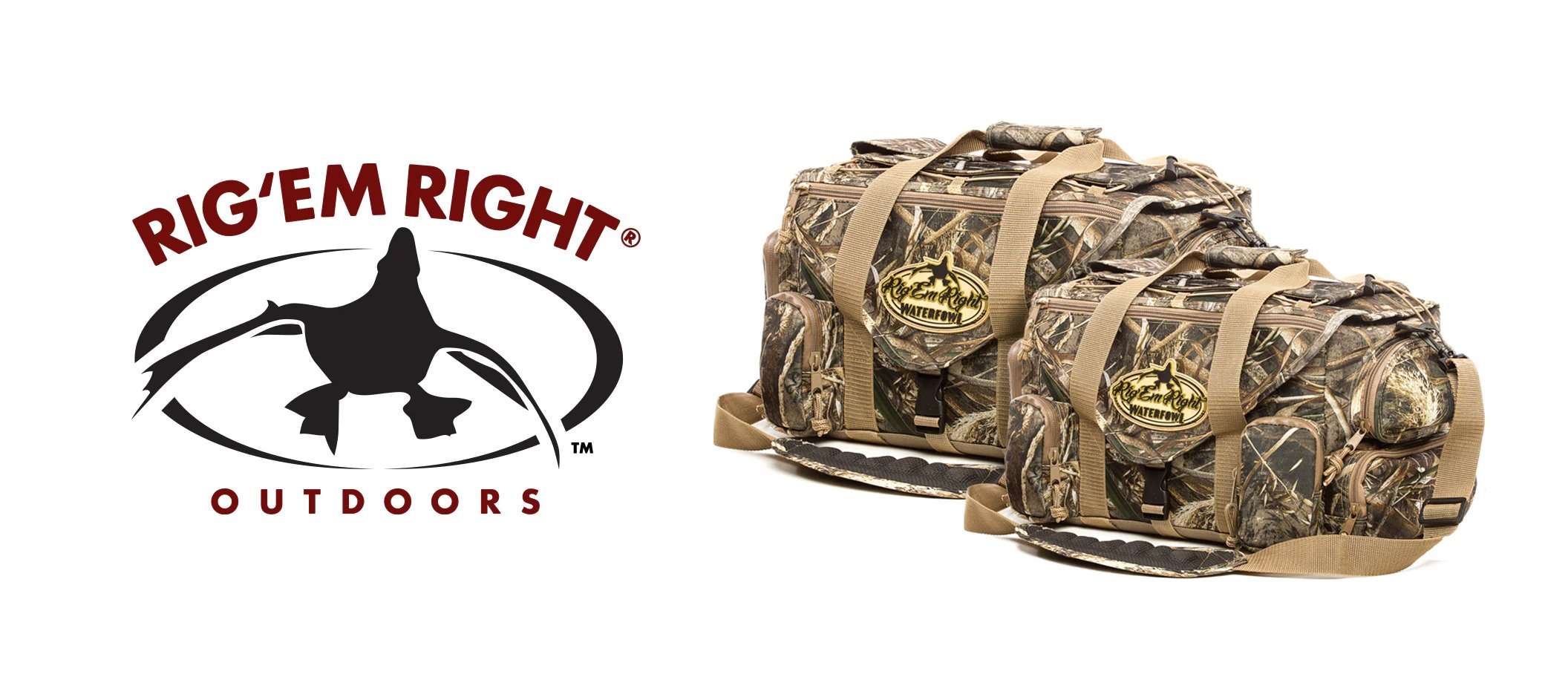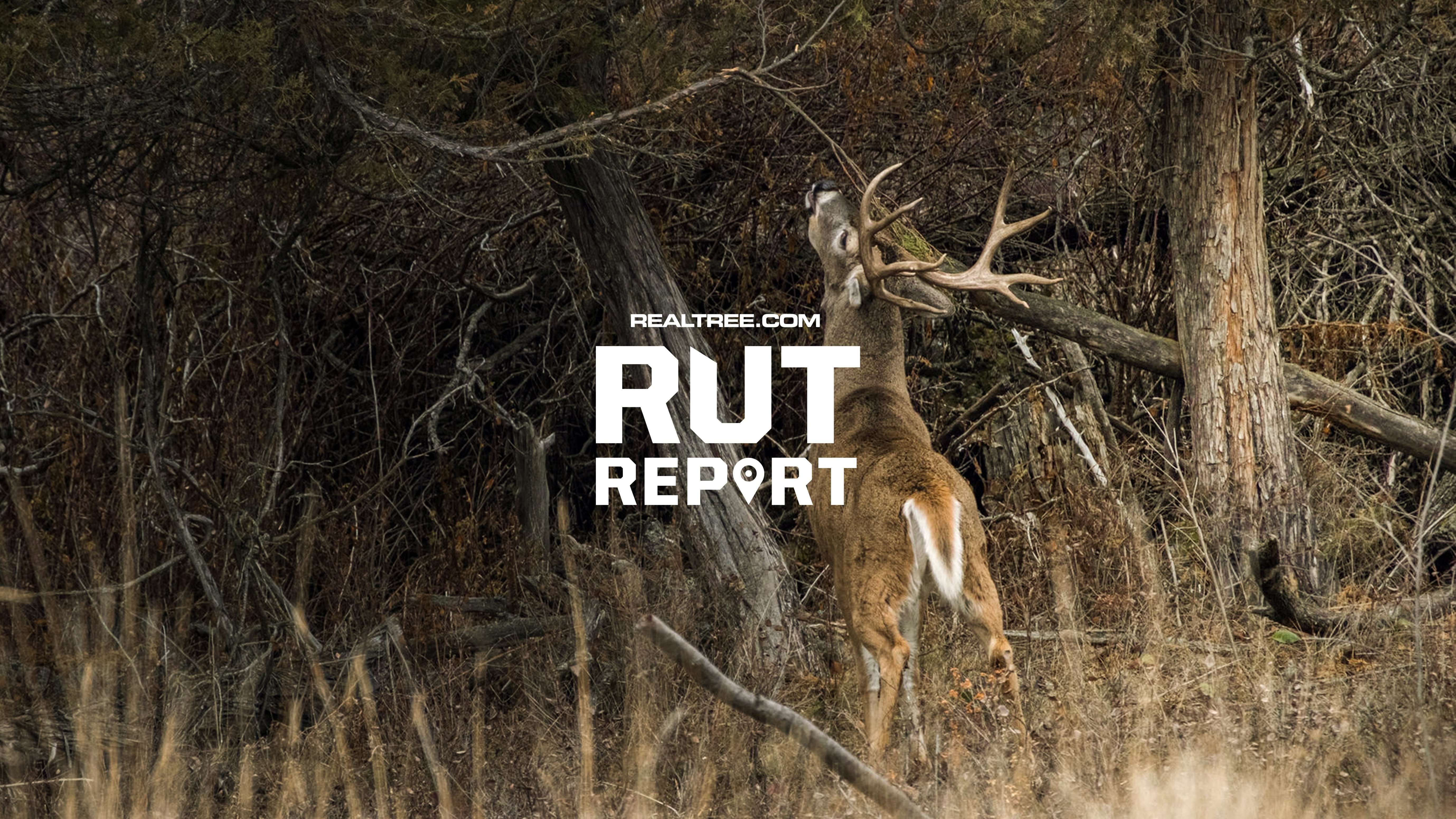Highly managed hunts at state and federal areas might seem like a lot of hassle, but advocates say limiting pressure at those spots can create better opportunities

Drawing numbers for a chance to hunt doesn’t seem appealing, but waterfowlers who get first dibs for prime spots often have quality experiences. Photo by Bill Konway
Waterfowlers have always been self-reliant. With hunters free to explore hidden corners of the flyways, they find their own adventures. Yet in many parts of the country, hunter participation has outpaced the availability of quality open areas, and wildlife management agencies have stepped in to limit and control hunting at certain properties.
Proponents say these regulated hunts allow quality opportunities at places that might otherwise be overrun while keeping pressure on migrating waterfowl to reasonable levels. Some critics grumble that such hunts might not be worth the extra effort required to participate. And that discussion prompts the question of whether controlled waterfowl hunts really make for better hunting.
Don’t Miss: 4 Ways to Plan Ahead for a Better Duck Season
EQUITABLE OPPORTUNITY
Controlled hunts are nothing new. In fact, a 1952 article in the Proceedings of the Iowa Academy of Science detailed a 1950 experimental controlled hunt held on 400 acres in Fremont County, noting that neighboring states had previously implemented similar programs.
“Admittedly, a system of this type tends to make duck hunting artificial,” the article said. “Duck hunters, both old and new, liked the system because more people could hunt on a given day on the same amount of space without sitting on each other’s laps. Under a system of this kind, a hunter is assured of a place to hunt after driving some distance.”
The rules and structure for modern controlled hunts vary by property. Often, hunters wanting to use these areas must participate in a daily or seasonal draw process to be assigned a blind or hunting area, of which there are limited numbers. Such hunts might also have restricted hours or even limit the number of shells a hunter can carry afield. State and federal agencies run these hunts at refuges or otherwise popular properties to manage pressure on a finite waterfowl resource and provide potentially quality experiences in areas where open hunting would likely result in the opposite.
“At the location where we’re at, it would be hard not to be in a managed hunt program,” says Ben Mense, project leader at Mingo National Wildlife Refuge, a 21,000-plus-acre property in southeastern Missouri that features the area’s largest remaining tract of bottomland hardwood forest and historically holds up to 100,000 ducks during peak migration. “Duck hunting spots — specifically in southeastern Missouri — are fairly limited, and this is just a way to try to give everyone an opportunity to go duck hunting. If you get drawn, it’s typically a pretty high-quality experience. You have a good chance to kill birds and not deal with other hunters.”
Hunters at Mingo must go through a daily draw process at neighboring Duck Creek Conservation Area, operated by the Missouri Department of Conservation. They gather at the property headquarters long before shooting hours and then draw numbers at about 3:30 a.m. The numbers determine the order in which hunters select a spot. Shooting hours begin a half-hour before sunrise but close at 1:00 p.m. Pool 8 of the property is open seven days per week for duck hunting, but Pool 7 is limited to three days. The areas consist primarily of flooded timber, so hunters wade in.
“I think there are probably pros and cons to these managed hunts, because there are really no opportunities for folks [at Mingo] to do an evening hunt or an afternoon hunt,” Mense says. “I think a lot of people love the managed hunt system but a lot of people don’t like it because you are never really guaranteed a spot to hunt unless you have a lease or some other mechanism to hunt year-round.
Mense says hunters really don’t provide much feedback about the hunts.
“If you get drawn, it’s great,” he says. “If you don’t, you’re either looking for another spot to hunt or whatever. It’s just a difficult way to hunt ducks.”
Then again, as Mense mentioned, hunters plying less-regulated public areas often face considerable competition, which can reduce success. And even spending substantial money to secure private ground doesn’t guarantee quality duck hunting.
“I think from what we’ve seen around here, if you want to be able to hunt every day, you pretty much have to have a lease somewhere,” he says. “But a lot of folks the last two, three, or four years might spend $10,000 on a pit blind in a rice field, and you kill 20 ducks for the year, and it’s just not worth it. It’s a hard question to answer, really.”

Would you rather pin your hopes on a lottery draw or wait in line for days to launch your boat? Scenes such as this are why managed hunts appeal to many folks. Photo by Realtree.
ANOTHER EXAMPLE
Controlled hunts are more restrictive in other areas, such as Prime Hook National Wildlife Refuge, which covers about 10,000 acres along the western Delaware Bay on the Delaware portion of the Delmarva Peninsula. Ducks Unlimited consistently ranks the refuge as one of the top five waterfowl hunting spots in country, as up to 85,000 ducks and 200,000 snow geese use the refuge in fall. The refuge’s hunting program includes seven state-area fixed duck blinds and five blind sites via GPS coordinates allocated by a lottery drawing held two hours before legal shooting time each morning on hunting days. Hunters who are drawn select available blinds, which must be accessed by boat or foot travel. They can hunt ducks until 3:00 p.m. Mondays, Wednesdays, Fridays, and Saturdays throughout the season.
“For migratory birds, such as waterfowl, we are limited by law for how much of the refuge may be open to migratory bird hunting and how much must be an inviolate sanctuary,” says Joshua T. Smith, visitor services manager at the Coastal Delaware National Wildlife Refuge Complex. “Only 40 percent of a refuge’s acreage may be opened to migratory bird hunting. Within those areas, we strive to minimize conflict between users to ensure everyone has the opportunity to have a quality experience.”
And at Prime Hook, hunters seem to respond positively.
“We don’t encounter too many issues with hunters being unhappy with managed opportunities,” Smith says. “Hunters may not always get their first choice for a space, but overall demand is low enough that hunters aren’t being shut out from the opportunity. Keeping the number of spaces at a right level also ensures that hunters are not negatively impacting each other.”
Don’t Miss: Is a 3-Pintail Limit Coming in 2025?
ONE HUNTER’S PERSPECTIVE
For years, avid waterfowler Joe Balog, of Realtree.com, participated in controlled hunts at Harsens Island at St. Clair Flats Wildlife Area, in the northeastern part of the Michigan portion of Lake St. Clair. The 3,355-acre property is part of the largest freshwater delta in the country and features highly managed waterfowl habitat. Harsens conducts daily drawings for separate morning and afternoon hunts throughout waterfowl season. That might sound like a lot of rules to navigate, but Balog says the results were well worth any inconvenience.
“It’s one of the few places you can go and get in the draw and have a great experience,” he says. “That would never happen if it wasn’t for those draw hunts.”
Lake St. Clair is a historic waterfowl destination, but Harsens stands out, Balog says. Featuring a refuge at its center, the area is planted with abundant flooded corn and buckwheat, and might attract 30,000 to 40,000 ducks during peak migration. And because it’s so close to heavily populated urban areas — Detroit is only about an hour away — Harsens offers a unique opportunity.
“It’s set up for someone to get a real quality, managed duck hunt,” Balog says. “It allows more people to use a great resource where otherwise it wouldn’t be the case. You have the opportunity to have quality hunting on a managed area with quality feed and lots of ducks.”
Balog says his first experience there hooked him, as he drew a hunting area near the refuge, where he saw and heard ducks all day.
“I vividly remember after hunting there the first time coming home, lying in bed and hearing the ducks,” he says. “It’s deafening when the refuge is full, and the majority of ducks there are mallards. It literally still puts chills and goosebumps on my skin. The only other time I’ve seen that is when I hunted in Arkansas, and it got light and I looked up over the trees, and there were thousands of ducks everywhere.”
Not that hunting at Harsens is easy, Balog says. Hunts are controlled, but many of the zones are relatively small, meaning that neighboring hunters can affect success. And obviously, the area still attracts lots of pressure.
“When it comes to pressured ducks, those hunters are the kings,” he says. “To fool those ducks is an art form. But you have 90 percent of hunters doing the same thing, hunting the same areas in the same ways. When you learn to hunt the fringes and do things differently, it’s a game changer.”

Skittish, sky-high birds are often the norm at nonrestricted hunting areas. Controlling pressure can create more opportunities. Photo by Ivan Mel.
THE FUTURE OF CONTROLLED HUNTS
The question remains: Do highly controlled hunts equate to a better experience? Evidence seems to indicate that, despite the inconveniences and limitations such hunts might place on hunters.
Further, it’s likely these hunts won’t go away. Statistics say overall duck hunter numbers continue to decline, but any waterfowler familiar with public ground knows that pressure nowadays is more intense than ever. Managed duck hunts might be one tool to help alleviate that.
“I believe these opportunities on national wildlife refuges will continue to be important to keeping the duck hunting tradition alive,” Smith says. “State public lands and waters will also be very important. Most, if not all, hunts on public lands are managed in some way, and that will likely continue.”












